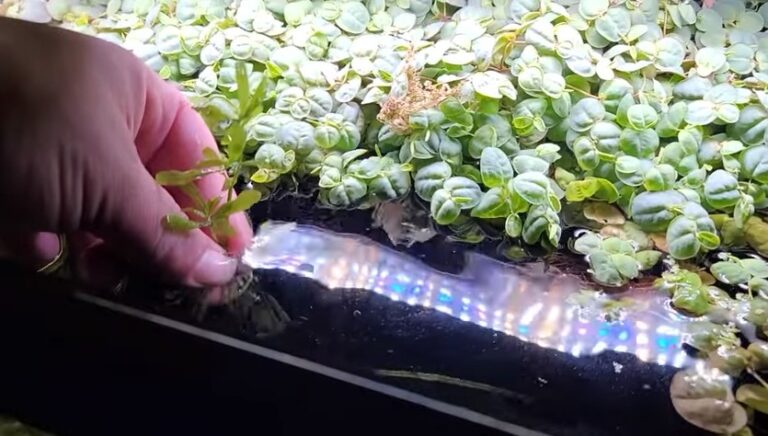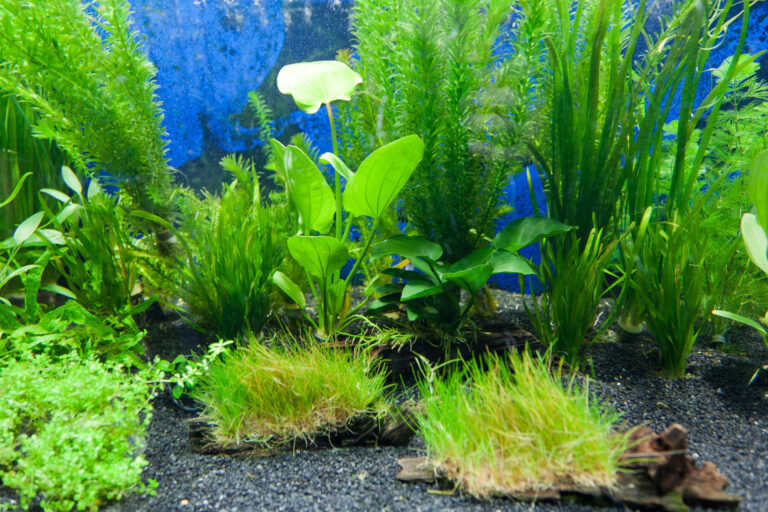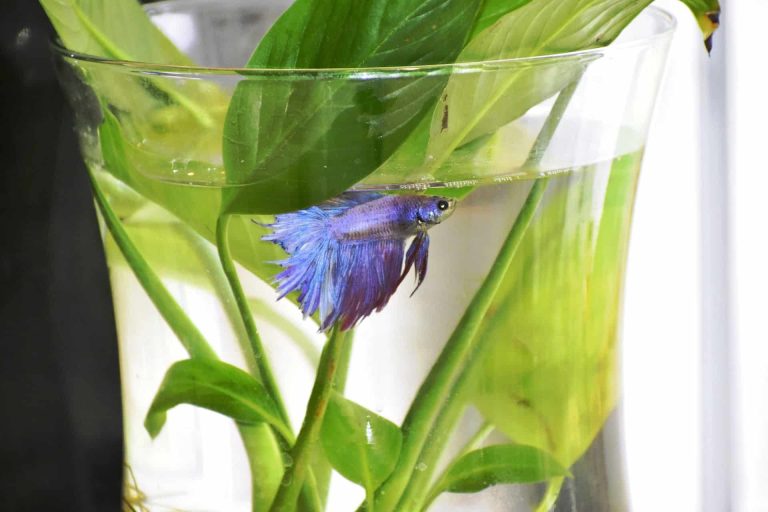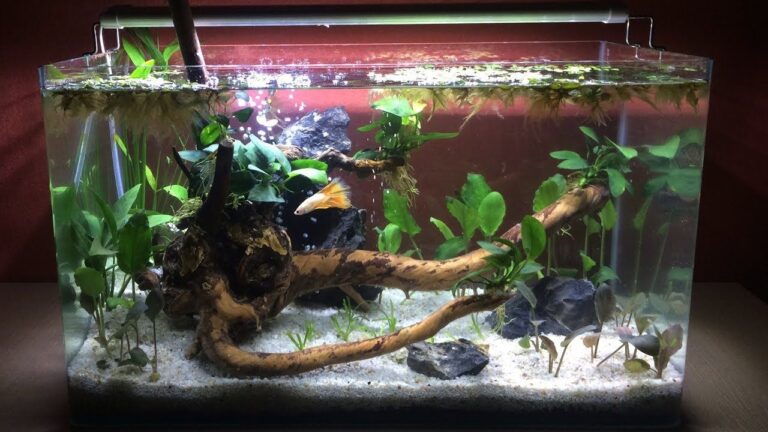How Fast Do Zoas Grow
How Fast Do Zoas Grow?
If you’re a reef aquarium enthusiast, chances are you’ve come across Zoanthids, commonly known as zoas. These beautiful coral polyps are loved for their vibrant colors and unique patterns, making them a popular choice among hobbyists. But if you’re considering adding zoas to your aquarium, you might be wondering: how fast do zoas grow?
The growth rate of zoas can vary depending on various factors, including water parameters, lighting, and feeding. In general, zoanthids are considered fast growers compared to other corals. However, it’s important to note that growth rates can differ between individual colonies, and some species may grow faster than others.
Factors Affecting Zoas Growth
Before diving into how fast zoas grow, it’s essential to understand the factors that influence their growth rate. These include:
1. Water Parameters: Zoanthids thrive in stable water conditions with proper levels of temperature, salinity, pH, and nutrient levels. Maintaining optimal water parameters can promote healthy growth and reproduction.
2. Lighting: Zoanthids require moderate to high lighting levels to support photosynthesis, which is crucial for their growth. Properly lighting your aquarium with high-quality reef lights can significantly impact their growth rate.

3. Feeding: While zoanthids largely rely on photosynthesis for their nutritional needs, they can also benefit from supplemental feeding. Microscopic organisms like phytoplankton and zooplankton can contribute to their growth and vibrancy.
4. Water Flow: Zoas prefer moderate water flow, as excessive or inadequate flow can hinder their growth. A balanced flow pattern ensures the proper distribution of nutrients and helps prevent detritus buildup.
5. Placement: The location of your zoanthid colony within the aquarium can also affect their growth rate. Placing them in an area with optimal lighting and flow will provide the best conditions for growth.
Zoas Growth Rates
Zoanthids are known for their rapid growth compared to other corals, making them an attractive choice for aquarists. Under ideal conditions, they can double or even triple in size within a year. This rapid growth can be attributed to their ability to reproduce through budding.
Budding: Zoanthids reproduce asexually through a process called budding. New polyps develop from the base or sides of the mother polyp and grow into individual colonies. This budding process allows for the expansion of the colony and contributes to their fast growth rate.
Additionally, zoanthids can also spread through encrusting, where they extend their tissue slowly across a substrate, forming a mat-like structure. This method of growth can lead to the colonization of new areas within the aquarium.
It’s worth noting that growth rates can vary between species and individual colonies. Some zoanthid species are known to be slower growers compared to others. For example, the popular Zoanthus spp. may grow faster than Palythoa spp.
Zoa Growth Tips and Tricks
If you want to maximize the growth of your zoanthids, here are some tips and tricks to keep in mind:
1. Proper Lighting: Ensure that your aquarium has appropriate lighting levels for photosynthesis. Provide a mix of blue and white spectrum lights to mimic natural sunlight.
2. Stable Water Parameters: Monitor and maintain stable water conditions, including temperature, salinity, and pH. Regular water testing and adjustments are essential to create an optimal environment for growth.
3. Feeding: While zoanthids primarily rely on photosynthesis, occasional supplemental feeding can enhance their growth. Feed them with appropriate reef-safe foods like phytoplankton or zooplankton.
4. Avoid Overcrowding: Give your zoanthid colony enough space to expand and grow. Overcrowding can impede their growth and lead to competition for resources.
5. Regular Maintenance: Perform regular water changes, clean the substrate, and remove any detritus or uneaten food. This helps maintain water quality and prevents the buildup of harmful substances.
6. Propagation: If you want to promote faster growth, consider fragging or propagating your zoanthids. This process involves carefully cutting the colony and attaching the fragments to a suitable substrate. Fragged zoas often grow faster than their original colonies.
Frequently Asked Questions
Q1: Can zoas grow in low lighting conditions?
Zoanthids require moderate to high lighting levels to thrive and grow. While they can tolerate lower lighting conditions, they may not grow as quickly or exhibit vibrant colors.
Q2: How long does it take for zoas to double in size?
Under ideal conditions, zoanthids can double in size within a year. However, growth rates may vary depending on species and individual colonies.
Q3: Can I trim or prune my zoanthids to promote faster growth?
Zoanthids can be trimmed or pruned to encourage faster growth. Be sure to use sterile tools and follow proper fragging techniques to avoid damaging the colony.
Final Thoughts
Zoanthids are undoubtedly captivating corals that offer vibrant colors and a fast growth rate. By providing optimal conditions and following the tips mentioned above, you can enjoy a thriving zoa garden in your reef aquarium. Remember to monitor water parameters, provide adequate lighting, and occasionally supplement their diet for optimal growth. With proper care, zoanthids can quickly become a beautiful centerpiece in your marine tank.






